The Incredible Human Journey - Season 1
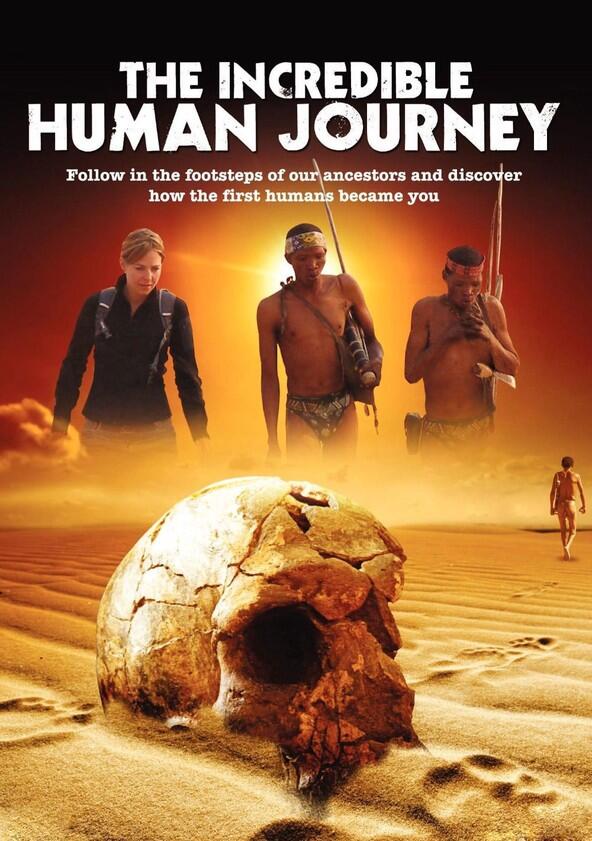
Season 1

Episodes
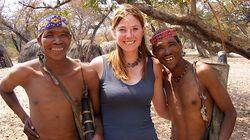
Out of Africa
Alice travels to Africa in search of the birthplace of the first people. They were so few in number and so vulnerable that today they would probably be considered an endangered species. So what allowed them to survive at all? The Bushmen of the Kalahari have some answers - the unique design of the human body made them efficient hunters and the ancient click language of the Bushmen points to an early ability to organise and plan.
Humans survived there, but Africa was to all intents and purposes a sealed continent. So how and by what route did humans make it out of Africa? Astonishing genetic evidence reveals that everyone alive today who is not African descends from just one successful, tiny group which left the continent in a single crossing, an event that may have happened around 70 thousand years ago. But how did they do it? Alice goes searching for clues in the remote Arabian Desert.
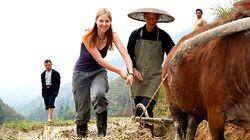
Asia
In this programme, the journey continues into Asia, the world's greatest land mass, in a quest to discover how early hunter-gatherers managed to survive in one of the most inhospitable places on earth - the Arctic region of northern Siberia. Alice meets the nomadic Evenki people, whose lives are dictated by reindeer, both wild and domesticated, and discovers that the survival techniques of this very ancient people have been passed down through generations. Alice also explores what may have occurred during human migration to produce Chinese physical characteristics, and considers a controversial claim about Chinese evolution: that the Chinese do not share the same African ancestry as other peoples.
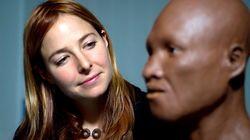
Europe
When our species first arrived in Europe, the peak of the Ice Age was approaching and the continent was already crawling with a rival: stronger, at home in the cold and even (contrary to the popular image) brainier than us. So how did the European pioneers survive first the Neanderthals and then the deep freeze as they pushed across the continent?
Alice Roberts reconstructs the head of the 'first European' to come face to face with one of our ancestors; she discovers how art became crucial for survival in the face of Neanderthal competition; and what happened to change the skin colour of these European pioneers.
Finally, spectacular new finds on the edge of Europe suggest that the first known temples may have been a spark for a huge revolution in our ancestors' way of life - agriculture.
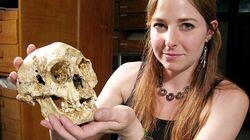
Australia
Alice looks at our ancestors' seemingly impossible journey to Australia. Miraculously preserved footprints and very old human fossils buried in the outback suggest a mystery: that humans reached Australia almost before anywhere else. How could they have travelled so far from Africa, crossing the open sea on the way, and do it thousands of years before they made it to Europe?
The evidence trail is faint and difficult to pick up, but Alice takes on the challenge. In India, new discoveries among the debris of a super volcano hint that our species started the journey much earlier than previously thought, while in Malaysia, genetics points to an ancient trail still detectable in the DNA of tribes today.
Alice travels deep into the Asian rainforests in search of the first cavemen of Borneo and tests out a Stone Age raft to see whether sea travel would have been possible thousands of years ago, before coming to a powerful conclusion.
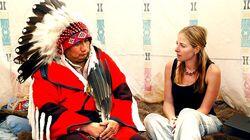
The Americas
For Stone Age people, reaching North and South America seems impossible - on each side vast oceans, and to the north an impenetrable ice sheet that covered the whole of Canada. So how did the first Americans get there?
Dr Alice Roberts discovers evidence for an ancient corridor through the Canadian ice sheet that may have allowed those first people through. But there are problems - in particular some very ancient finds in southern Chile seem to suggest a very different way in to the Americas. Amazingly, an ancient human skull discovered in Brazil even points to an Australasian origin of the Americans. Could a route from Australia across the Pacific have been possible? A surprising answer to the problem eventually comes from a Canadian forensic scientist more used to solving murder cases.
Recently Updated Shows

The Rookie
The Rookie is inspired by a true story. John Nolan is the oldest rookie in the LAPD. At an age where most are at the peak of their career, Nolan cast aside his comfortable, small town life and moved to L.A. to pursue his dream of being a cop. Now, surrounded by rookies twenty years his junior, Nolan must navigate the dangerous, humorous and unpredictable world of a "young" cop, determined to make his second shot at life count.
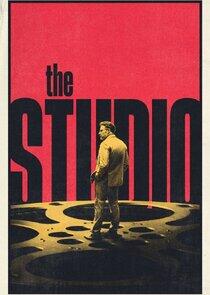
The Studio
As movies struggle to stay alive and relevant, Matt and his core team of infighting executives battle their own insecurities as they wrangle narcissistic artists and craven corporate overlords in the ever-elusive pursuit of making great films. With their power suits masking their never-ending sense of panic, every party, set visit, casting decision, marketing meeting, and award show presents them with an opportunity for glittering success or career-ending catastrophe. As someone who eats, sleeps, and breathes movies, it's the job Matt's been pursuing his whole life, and it may very well destroy him.

True Detective
Touch darkness and darkness touches you back. True Detective centers on troubled cops and the investigations that drive them to the edge. Each season features a new cast and a new case.
True Detective is an American anthology crime drama television series created and written by Nic Pizzolatto.

S.W.A.T.
Shemar Moore stars as a locally born and raised S.W.A.T. sergeant newly tasked to run a specialized tactical unit that is the last stop in law enforcement in Los Angeles. Torn between loyalty to where he was raised and allegiance to his brothers in blue, former Marine Daniel "Hondo" Harrelson has everything it takes to be an excellent leader and bridge the divide between his two worlds.
